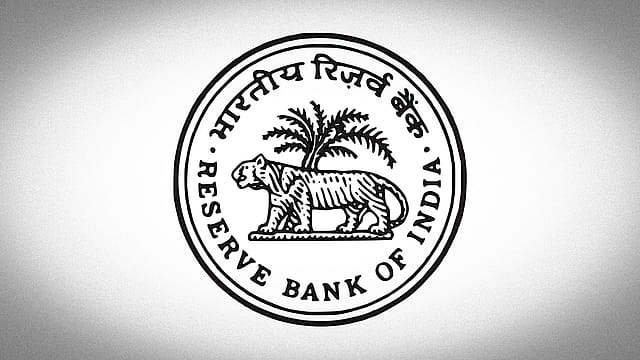RBI to revamp LCR framework for stronger bank liquidity
ADVERTISEMENT

The Reserve Bank of India (RBI) is contemplating on adjustments to the Liquidity Coverage Ratio (LCR) framework to enhance banks' management of liquidity risk. Governor Shaktikanta Das highlighted recent incidents in some regions that showcased depositors' increased ability to swiftly withdraw or transfer funds via digital banking channels during stressful periods.
These emerging risks may necessitate a review of certain assumptions within the LCR framework, says the RBI. Banks under the LCR framework must maintain a reserve of high-quality liquid assets (HQLA) to cover 30 days of net outflow during stressful scenarios, with a mandatory 100% LCR since January 1, 2019.
Presently, Level 1 High-Quality Liquid Assets (HQLAs) include assets such as government securities permitted by the RBI under the Marginal Standing Facility (MSF) and the Facility to Avail Liquidity for Liquidity Coverage Ratio (FALLCR) (set at 15% of the bank’s deposits since April 1, 2020). Banks can count their entire SLR-eligible assets as HQLAs to meet the LCR requirements.
December 2025
The annual Fortune 500 India list, the definitive compendium of corporate performance, is out. This year, the cumulative revenue of the Fortune 500 India companies has breached $2 trillion for the first time. Plus, find out which are the Best B-schools in India.
In another announcement, the RBI announced its approval for the investment and trading of Sovereign Green Bonds (SGrBs) at the International Financial Services Centre (IFSC) in Gandhinagar. These bonds were introduced following the Union Budget for 2022-23, with issuances in January 2023 and subsequent inclusion in the government's borrowing calendar for 2023-24.
Foreign portfolio investors (FPIs) registered with SEBI currently have permission to invest in SGrBs through various routes available for investment by FPIs in government securities. "To broaden non-resident participation in SGrBs, eligible foreign investors will gain access in the IFSC to also invest in these bonds, as announced by RBI Governor Das during the FY'25 first bi-monthly policy," says the RBI.
A separate scheme for IFSC-based foreign investors to invest and trade in SGrBs is under development in collaboration with the government and the IFSC authority, the central bank says. The government aims to raise ₹12,000 crore through sovereign green bond issuances in the first half of the fiscal year, part of its broader plan for gross market borrowing of ₹14.13 lakh crore for 2024-25.
Currently, small finance banks (SFBs) are limited to using only interest rate futures (IRFs) for proprietary hedging, as per existing RBI guidelines. To enhance their options for hedging interest rate risks in both their balance sheets and commercial activities and to offer them more flexibility, it has been decided to permit SFBs to engage in permissible rupee interest derivative products according to the rupee interest rate derivatives (Reserve Bank) Directions, 2019.
